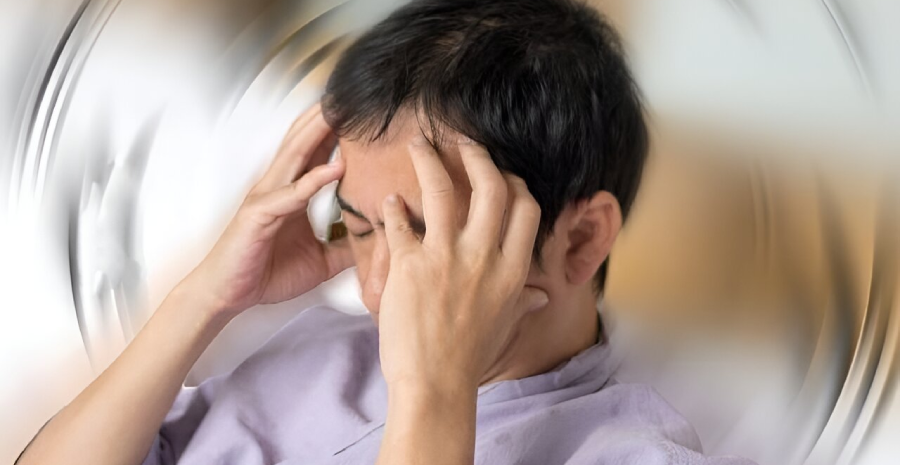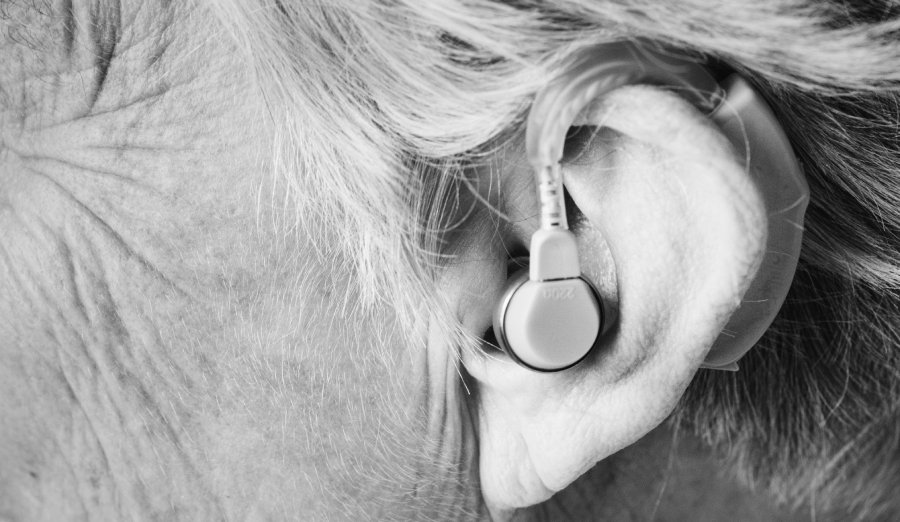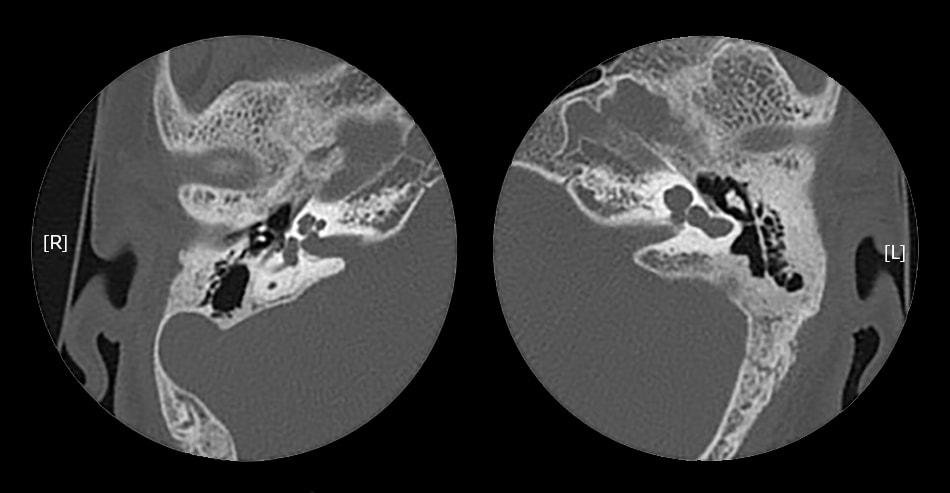“Articles / Chapters” provides a single canonical page on all topics relevant to the practice of otolaryngology. These articles are mainly intended for use by medical professionals.
Meniere’s Disease – Clinical features, Diagnosis and Treatment
Meniere’s Disease (Ménière’s Disease) is a disorder of the inner ear characterized by a triad of severe dizziness (vertigo), ringing sensation in the ears (tinnitus) and fluctuating hearing loss, with […]
Posted on
Vestibular Neuronitis / Acute Unilateral Peripheral Vestibulopathy
Vestibular neuronitis, also known as acute unilateral peripheral vestibulopathy is a common disorder of unknown origin characterized by inflammation of vestibular nerve (VIII-th cranial nerve) confined with in bony internal […]
Posted on
Ototoxicity – Drug induced hearing loss
Ototoxicity is a chemical injury to the labyrinth occurring as a side effect of pharmacotherapy. An ototoxic insult may affect hearing, vestibular functions or both. Types of ototoxicity Reversible / […]
Posted on
Presbycusis – Age Associated Hearing Loss
Presbycusis, or age associated hearing loss, is a common cause of hearing loss in adults. The condition has very bad impact on the quality of life of millions of elderly […]
Posted on
Sudden Sensorineural Hearing Loss (SSNHL) – Clinical presentation, Diagnosis and Treatment
Sudden hearing loss (SHL) is an emergency clinical condition characterized by a rapid-onset subjective sensation of hearing impairment in one or both ears. When not recognized and managed promptly, sudden […]
Posted on
Sudden Hearing Loss: Updated Clinical Practice Guideline
Sudden hearing loss (SHL), defined as a rapid-onset subjective sensation of hearing impairment in one or both ears is an emergency in the ear-nose-throat clinical practice. If not recognized and […]
Posted on
Noise Induced Hearing loss (NIHL)
Noise induced hearing loss (NIHL) is defined as reduction in auditory acuity (hearing ability) associated with long term exposure to loud sounds. It is the second most common form of sensorineural […]
Posted on
Incomplete Cochlear Partition Type I
Inner ear malformations (IEM) represent about 20%–35% of the etiology of congenital sensorineural hearing loss (SNHL). Incomplete cochlear partition anomalies characterize a group of IEM with normal cochlear location, external […]
Posted on






